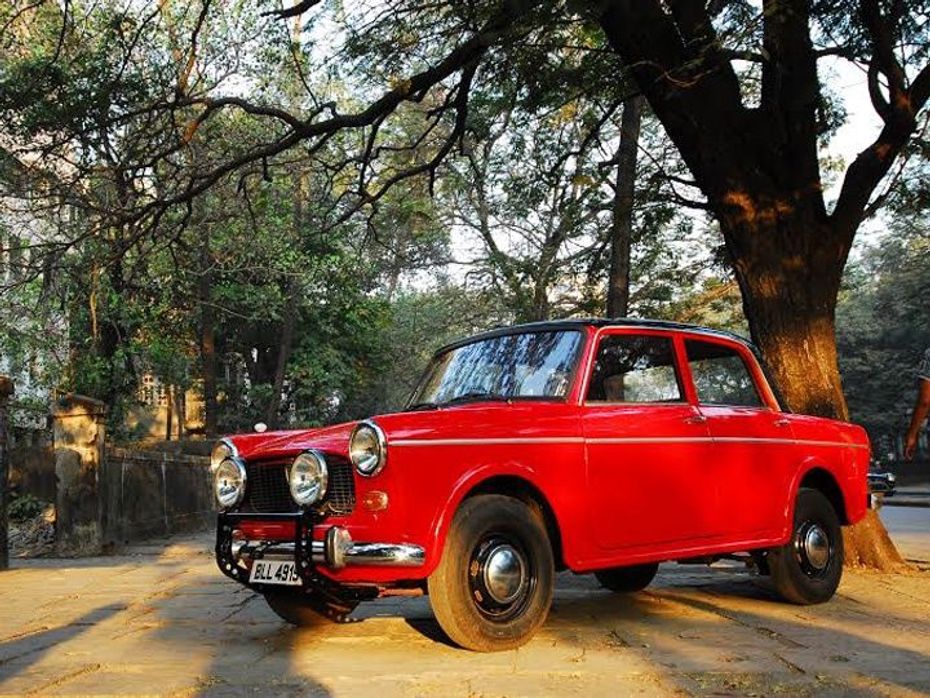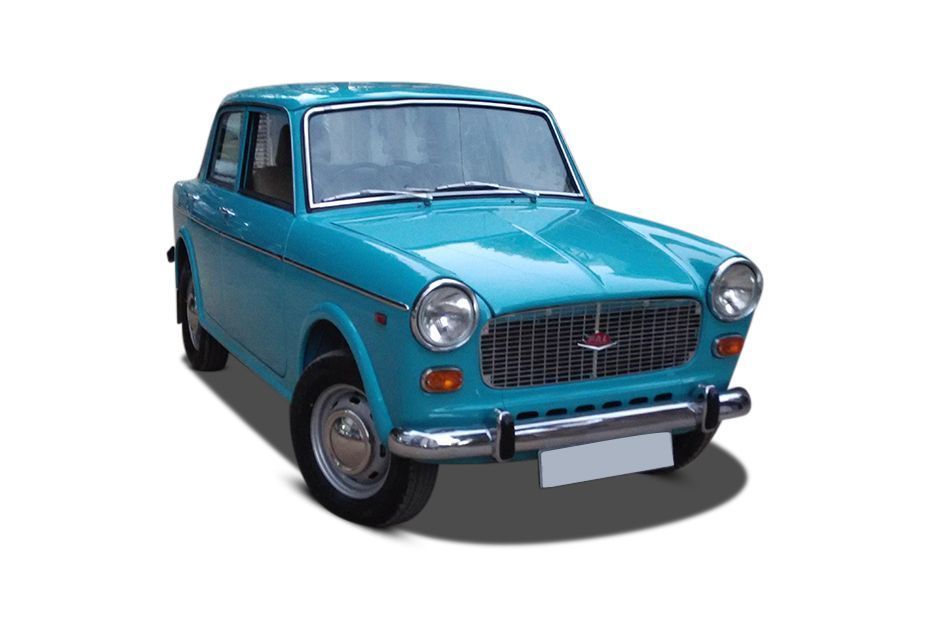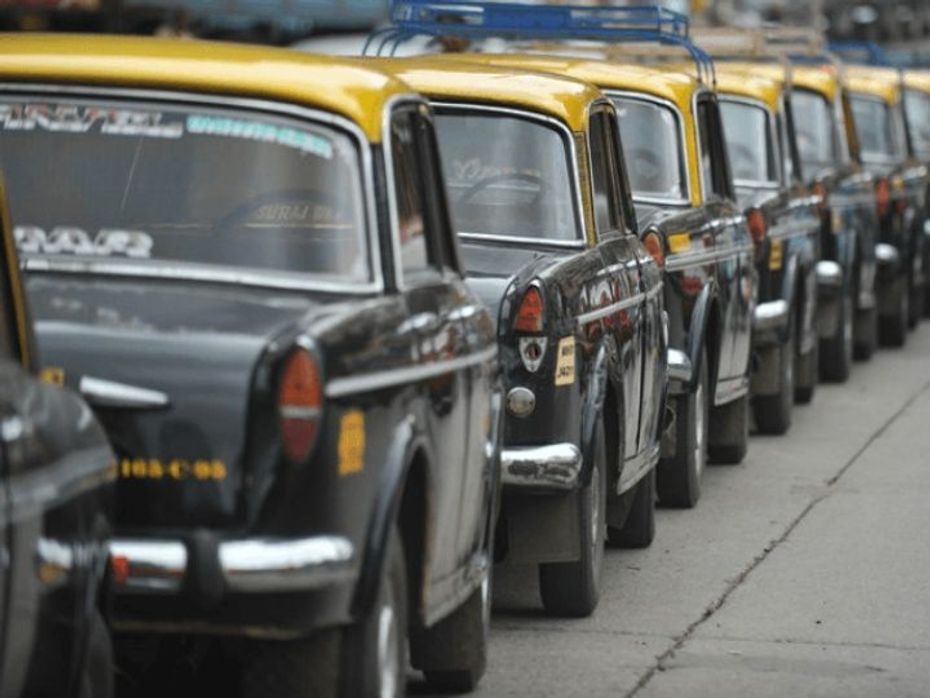
Are Maruti Suzuki’s Strong Hybrid Powertrains The Best Engine...
- Apr 25, 2024
- Views : 12503


Back in the late 60s, when cycles and, in some cases, scooters like the Lambrettas ruled the roads, owning a car was exclusive to the rich and those in power. The car of choice in those times was the Hindustan Ambassador... that was essentially a status symbol in the country. That is until the Premier Padmini arrived, and the two cars came to be the faces of the Indian automotive industry at the time. However, the Padmini to this day has managed to retain loyal customers and still serves as the choice of transport for India's financial capital, Mumbai, in the form of 'Kaali Peeli' taxis. Here’s a trip down memory lane to understand how the Padmini came to be and what made it stand out against the Ambassador:
Birth
As is the case with the Ambassador, the Padmini came with foreign origins. In 1964, it came to India in the form of the Fiat 1100D, manufactured by Premier Automobiles Ltd. Around that time, the Ambassador essentially had a monopoly in the market, so the Padmini was the only direct competitor. While it was initially addressed at a Fiat 1100D, in 1974, the car gained the ‘Premier Padmini’ nametag. The car was assembled at Premier Auto’s Kurla plant in Mumbai, which interestingly, is the reason why you’ll find the largest number of Premier Padmini models in this city.
Its Simplicity

Against the Hindustan Ambassador, the Premier Padmini turned out to be the more popular choice among the public. This can be attributed to various reasons such as it having the sportiest design at the time. It had a sleek body with chrome-lined headlamps, curved front and rear bumpers as well as a lot of chrome inserts around the car to make it stand out. Inside it was as simple as it can get with a few knobs and dials. It also featured comfortable bucket seats and a flat bench at the rear. The boot space at 308 litres was ideal for a weekend getaway. Interestingly, Mumbai cab iterations got nifty modifications like a fan, TV and lighting decorations.

Under the hood, it was powered by a four-cylinder petrol engine delivering 40PS and 71Nm, mated to a 4-speed manual gearbox and rear-wheel drive. However, the gearbox utilised a column mounted shifter instead of a conventional gear lever. All this, plus its simplistic design, made the Premier Padmini dominate the 70s and 80s in the country. Its practicality also gave it a reputation of being the preferred choice of taxis in Mumbai with the black and yellow colour combination.
Its Eventual Demise

While the Padmini was India’s icon, by the late 80s and heading into the 90s, it started to lose ground. The reason was simply competition from the likes of Maruti Suzuki with the 800 as well as other manufacturers making their mark in the Indian automotive industry. The new cars not only had more power and the latest features, but was also cheaper for the average customer. Eventually, the production of the Padmini came to a halt by 1997 when Premier sold their stakes back to parent company Fiat and by 2001, it was finally discontinued.
The Premier Padmini is still seen operating as taxis in Mumbai but it will soon disappear with the stricter BS6 norms coming into effect. Despite that, the Premier Padmini is still loved for its simplicity that has made it an iconic car of India. What was your best experience in the Premier Padmini? Let us know in the comments below.

Are Maruti Suzuki’s Strong Hybrid Powertrains The Best Engine...

Mahindra XUV 3XO (XUV300 Facelift) Launched With Significant Design...

3 New Major Design Details Mahindra XUV 3XO Will Pack Over...

Tata Curvv: A Much Clearer Look At Its Interior Ahead Of Its Unveiling

2024 Mahindra XUV 3XO Interior Revealed: Old vs New Compared

10 New Features Expected In The Upcoming 2024 Mahindra XUV 3XO...

Mahindra XUV 3XO: All Details You Need To Know In 10 Images

Mahindra XUV 3XO vs XUV300: Old vs New Compared

2024 Maruti Suzuki Swift Teased In India For First Time, Check Out...
India's largest automotive community